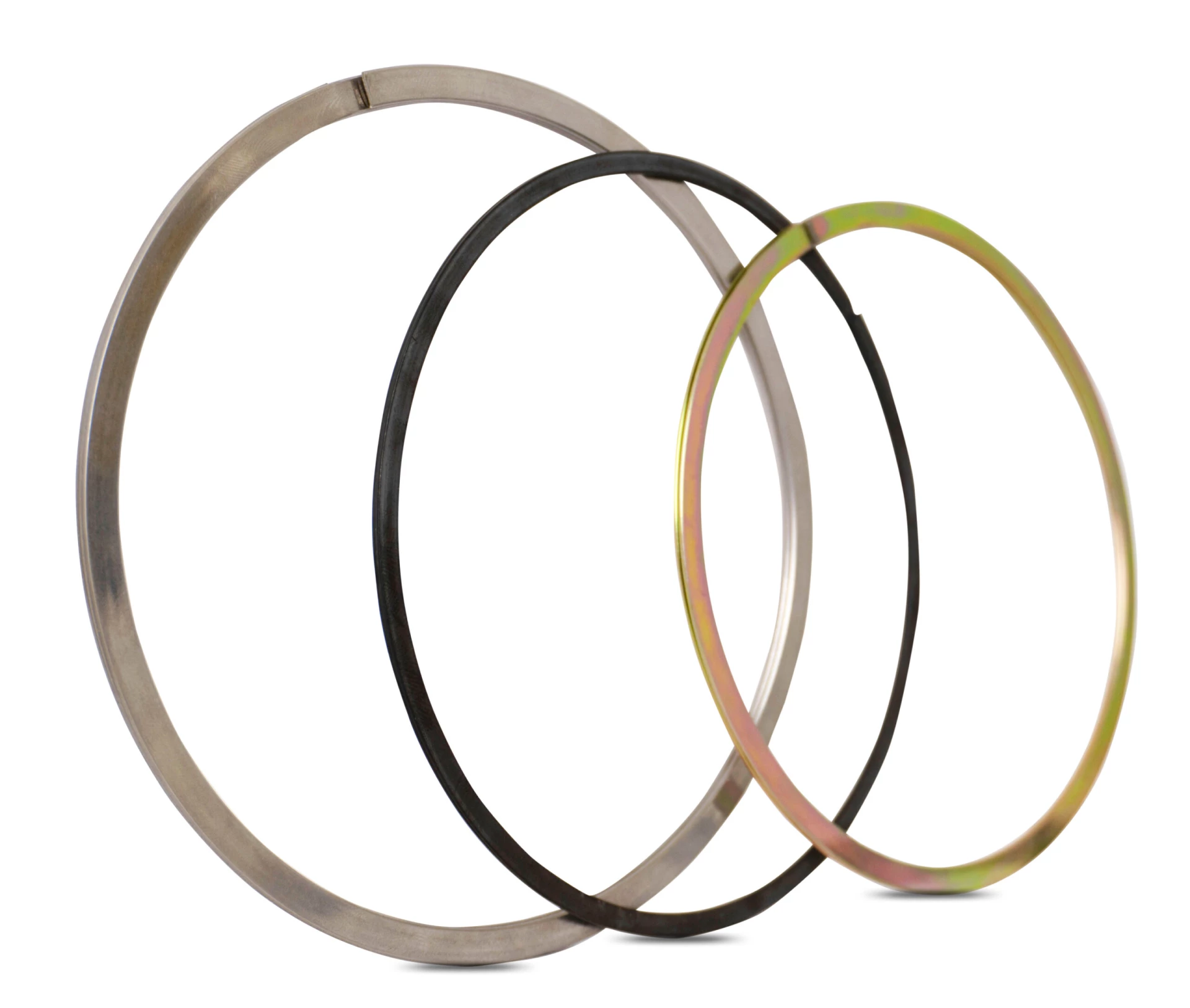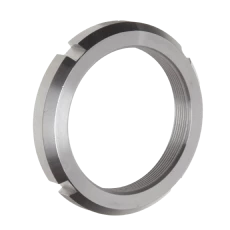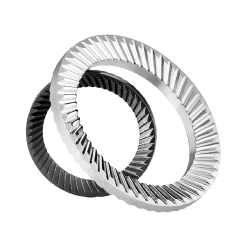GRW Ball Bearings Functional Tests
High precision ball bearings in grades up to ABEC 9 with bores from 1 to 30mm and comparable inch dimensions
General Information
GRW Bearings FUNCTIONAL TESTS
Functional tests on the assembled bearing include noise or vibration and torque tests. The realization of these tests is necessary to ensure uniformity of the production run or to guarantee compliance with customer requirements. The basis for attaining this goal is constant monitoring of the parts for roundness and surface finish.
The testing method should be selected according to the nature of the later use.
Noise test
The abbreviation GPR given in our numbering system stands for 100% noise tested ball bearings. We test the amplitude of the vibrations generated by the ball bearings at set speeds and frequencies.
Torque test
Torque tested ball bearings are tested and packaged in rooms with a controlled atmosphere in laminar cabinets.
We recommend instrument oils with a viscosity of <14 mm2/s at 40oC for low torque bearings.
The starting torque is the torque required to start the rotation of one ring, with the other stationery. The torque is tested on a vertical shaft with axial loading.
The measurements made with the tester according to MIL-STD-206A provide very exact and reliable values. During the test the outer ring is driven and the inner ring loaded with the standard load according to the bearing size.
Due to the lack of a generally accepted standard torque comparisons of bearings of the same type can only be made in identical measuring conditions on the same measuring equipment.
Table 4 gives reference values for the maximum starting torque of µNm. These values apply for instrument ball bearings without seals P5 or ABEC5 and better, which are lubricated with instrument oil with viscosity <14 mm2/s at 40oC. The value can be 10 to 40 times greater for ball bearings with grease lubrication.
In this test the axial loading of the inner ring is 75g for ball bearings with an outside diameter up to 10mm. Ball bearings with a greater outside diameter are loaded with 400g.
The running torque is the torque which is required to keep a ball bearing in rotation. In this case together with the user we agree upon a suitable measuring method for the test.
Table 4: Maximum starting torque in µNm
Basic Type | Torque mNm | Load g | Basic Type | Torque mNm | Load g | Basic Type | Torque mNm | Load g |
681 | 15 | 75 | 695 | 69 | 400 | 1016 | 15 | 75 |
691 | 15 | 75 | 605 | 69 | 400 | 1191 | 15 | 75 |
68/1.5 | 15 | 75 | 625 | 69 | 400 | 1397 | 15 | 75 |
69/1.5 | 15 | 75 | 635 | 76 | 400 | 5/64 | 15 | 75 |
682 | 15 | 75 | 686 | 69 | 400 | 2380 | 15 | 75 |
692 | 15 | 75 | 696 | 69 | 400 | 3/32 | 15 | 75 |
67/2.35 | 15 | 75 | 626 | 76 | 400 | 3175 | 15 | 75 |
68/2.35 | 15 | 75 | 687 | 69 | 400 | 1/8A | 15 | 75 |
68/2.5 | 15 | 75 | 697 | 76 | 400 | 1/8B | 16 | 75 |
69/2.5 | 15 | 75 | 607 | 76 | 400 | 3967 | 15 | 75 |
60/2.5 | 16 | 75 | 627 | 80 | 400 | 4763A | 15 | 75 |
673 | 16 | 75 | 688A | 52 | 400 | 4763B | 16 | 75 |
683 | 16 | 75 | 688 | 76 | 400 | 3/16 | 52 | 400 |
693 | 16 | 75 | 698 | 76 | 400 | 6350A | 15 | 75 |
623 | 16 | 75 | 608 | 80 | 400 | 6350B | 52 | 400 |
674 | 16 | 75 | 689 | 76 | 400 | 1/4A | 60 | 400 |
684 | 16 | 75 | 699 | 80 | 400 | 1/4 | 70 | 400 |
694 | 65 | 400 | 609 | 80 | 400 | 7938 | 52 | 400 |
604 | 65 | 400 | 629 | 100 | 400 | 3/8 | 95 | 400 |
624 | 69 | 400 | 6800 | 80 | 400 | |||
634 | 69 | 400 | 6900 | 95 | 400 | |||
675 | 65 | 400 | 6000 | 100 | 400 | |||
685 | 65 | 400 |
We use µNm as a measuring unit. Please do not use the other measuring units given in the following table. They are only given for comparison.
Assembly of low torque bearings
For low torque bearings in particular, great care must be taken in the choice of fits and tolerances. Shaft and housing tolerances have to be selected so that a sliding fit results. Please refer to ‘Fitting’ and ‘Reduction of RadialClearance’ for information.
Even small misalignment of the inner and outer ring can result in great torque of the bearing. Therefore particular attention must be paid to the alignment between shaft and housing bore, as well as, to the parallelism of the mating faces.
Extreme cleanliness of the assembly area and parts is essential, in order to achieve a perfect low torque bearing. Even minute contamination causes torque peaks, which can be many times higher than the average torque level.
1 mNm = | 1 cmp = | 1 oz.in. = | 1 cNcm = | |
mNm | 1 | 100 | 7200 | 100 |
cmp | 0.01 | 1 | 72 | 1 |
oz.in. | 0.000139 | 0.0139 | 1 | 0.0139 |
cNcm | 0.01 | 1 | 72 | 1 |






































